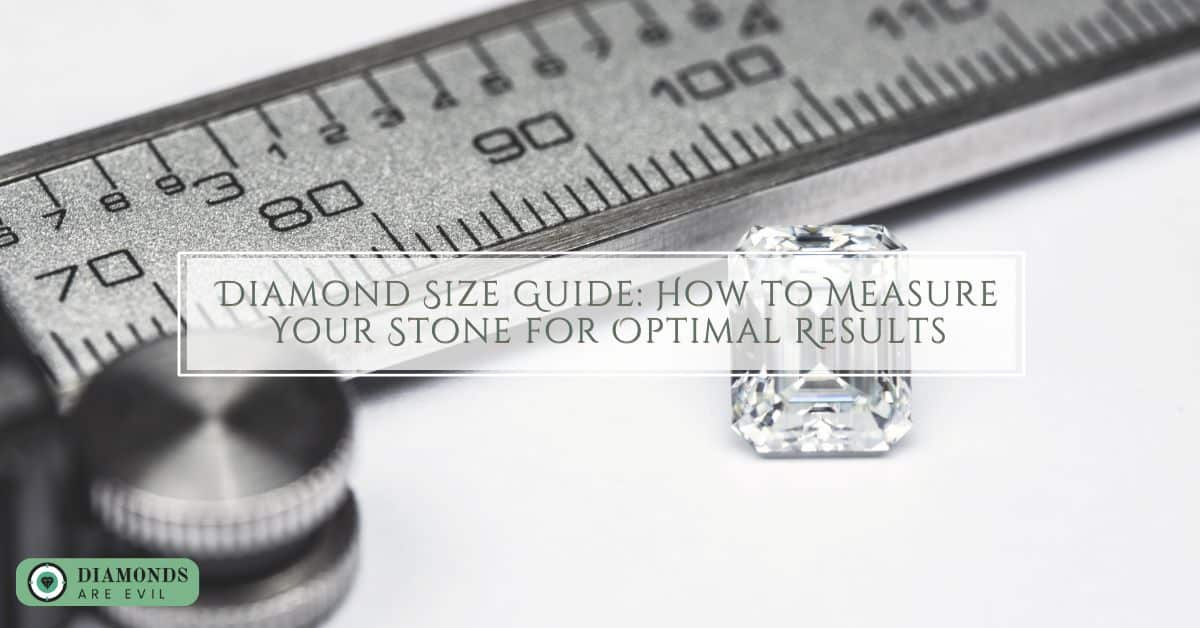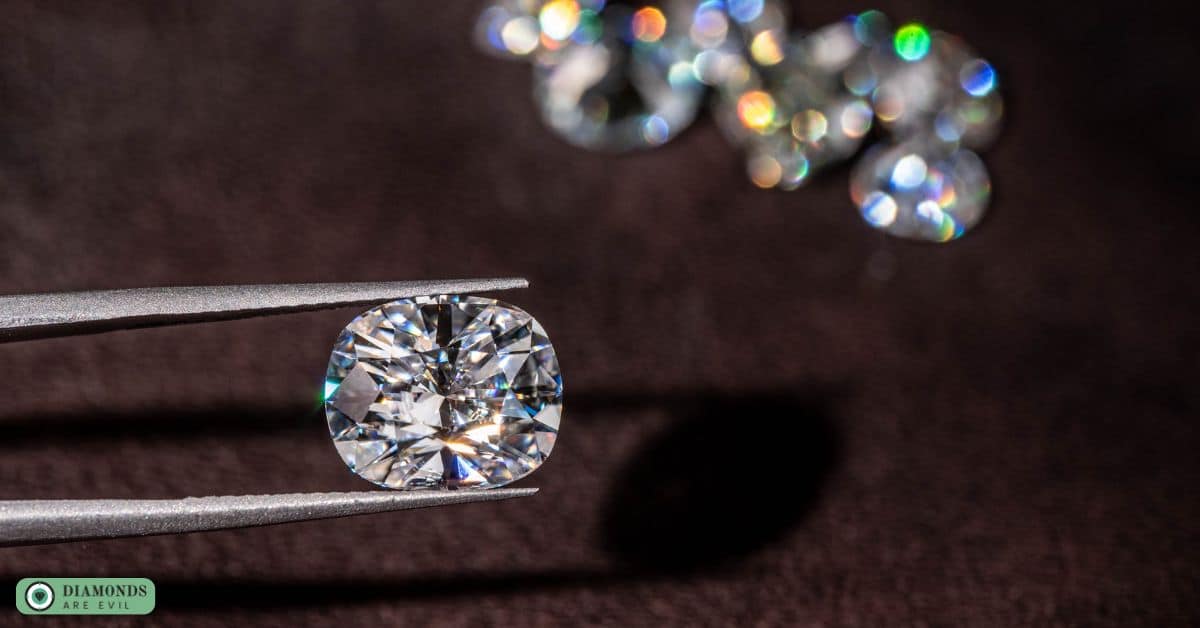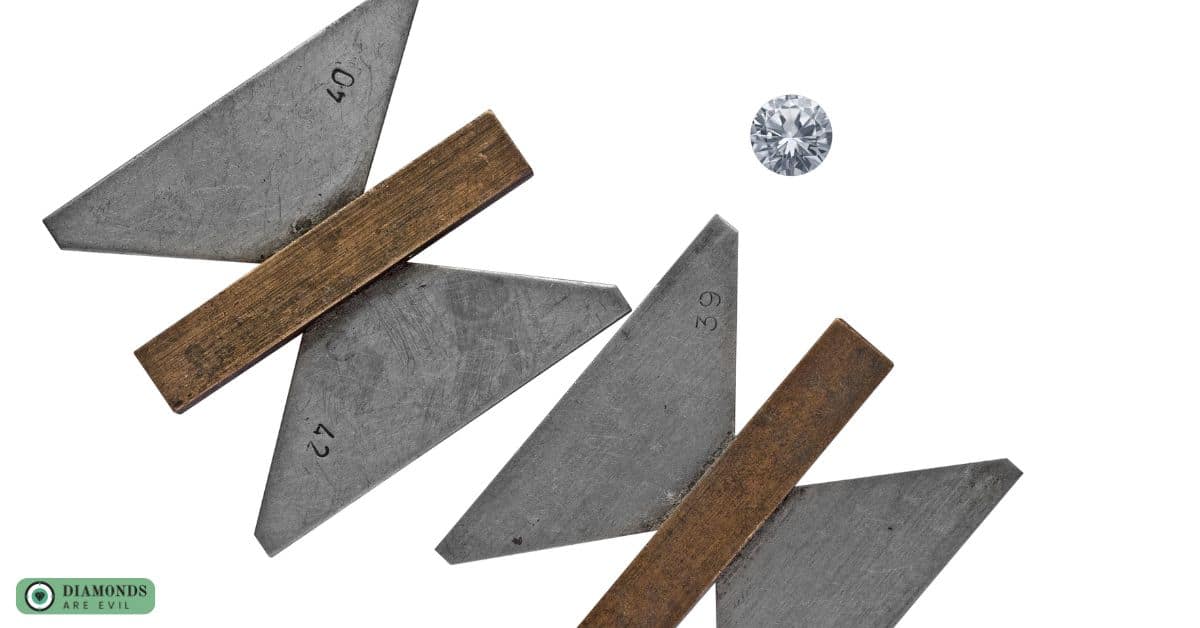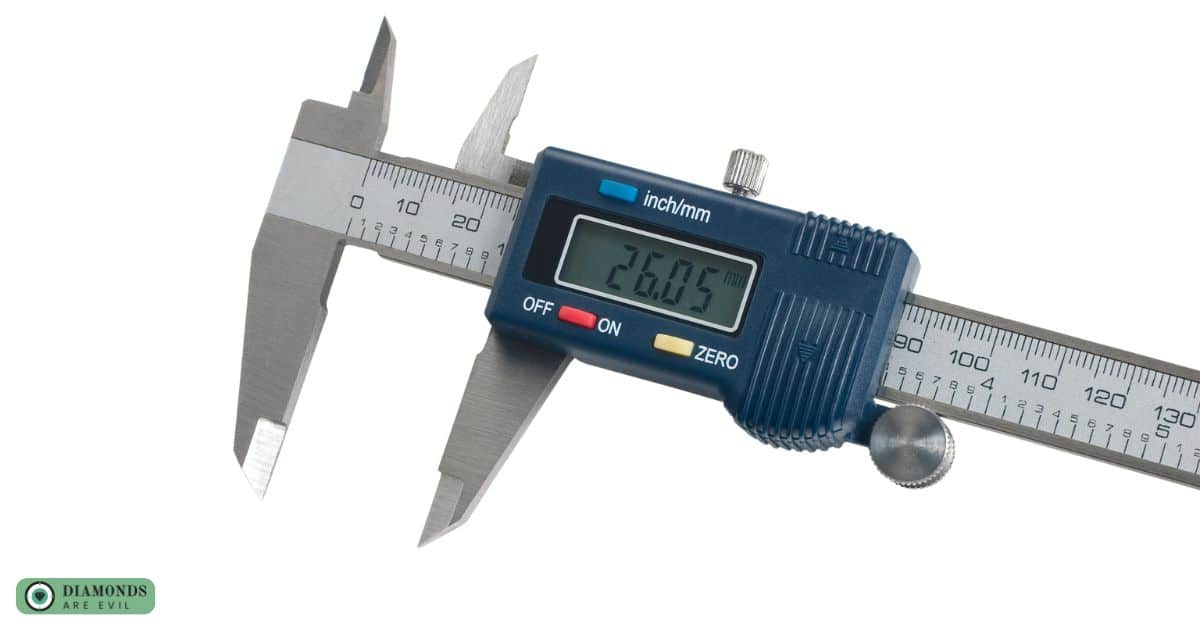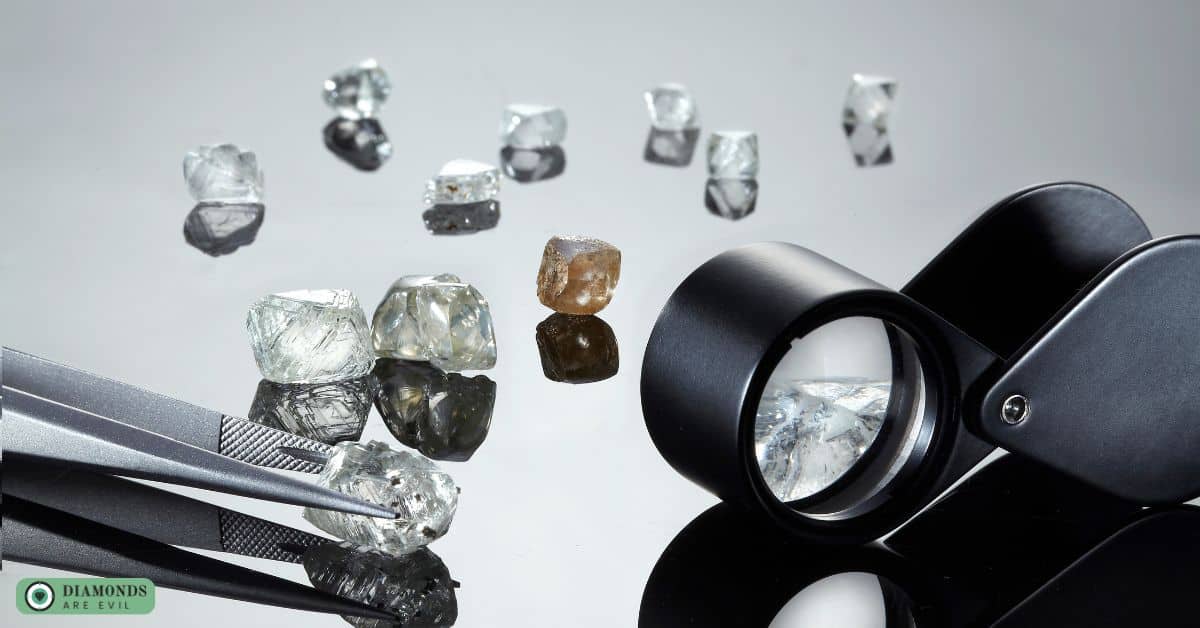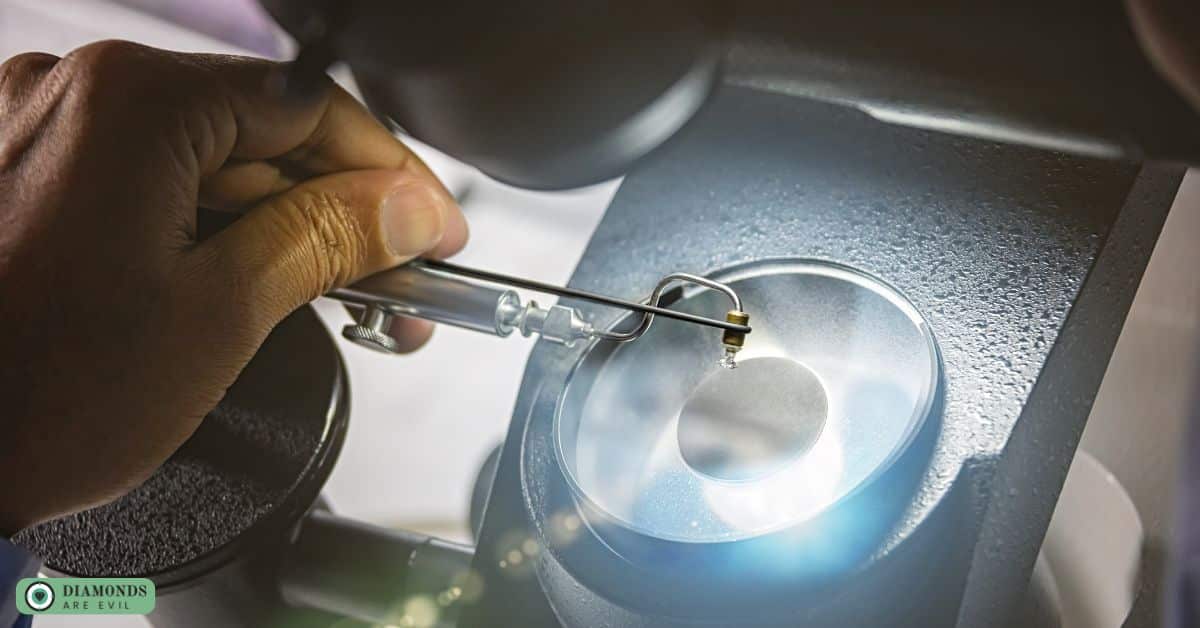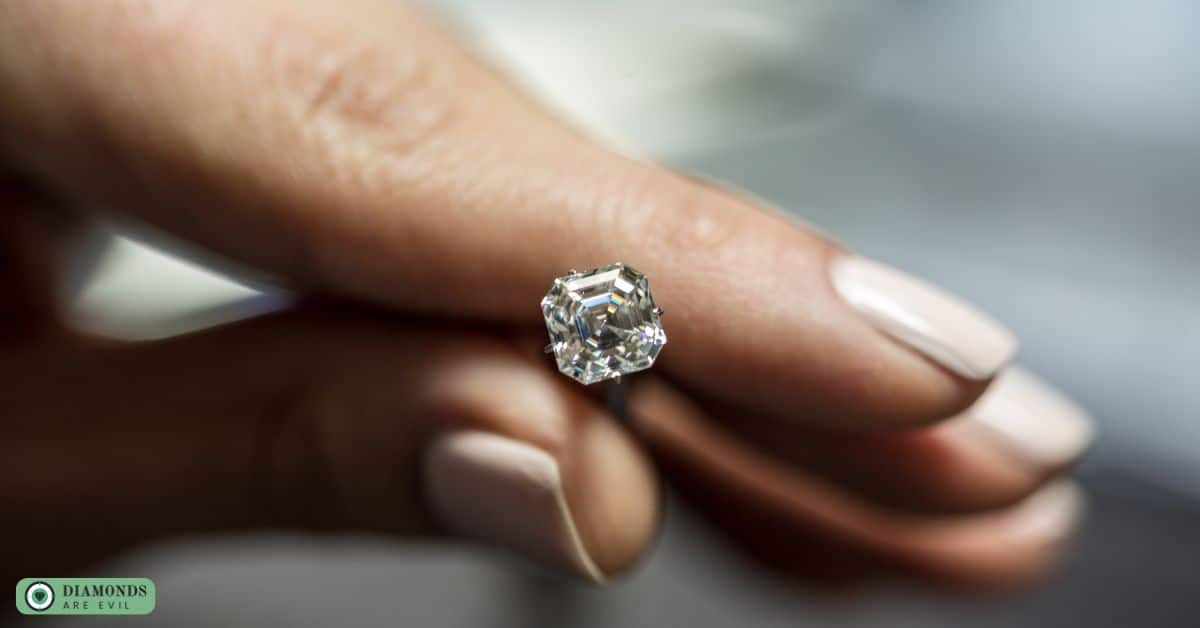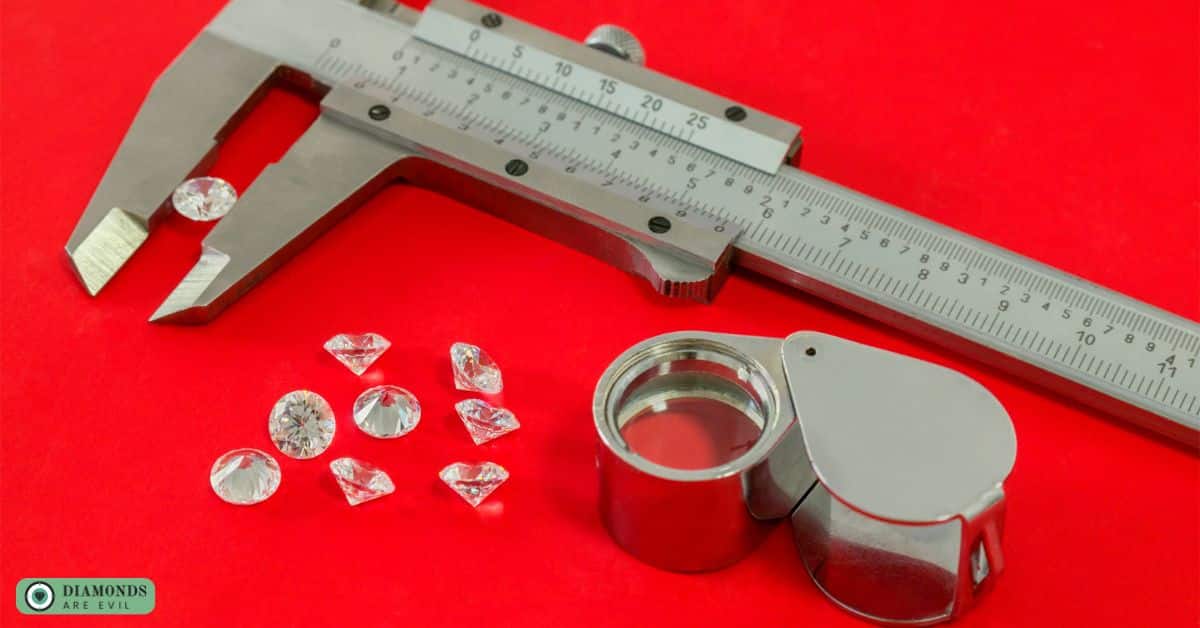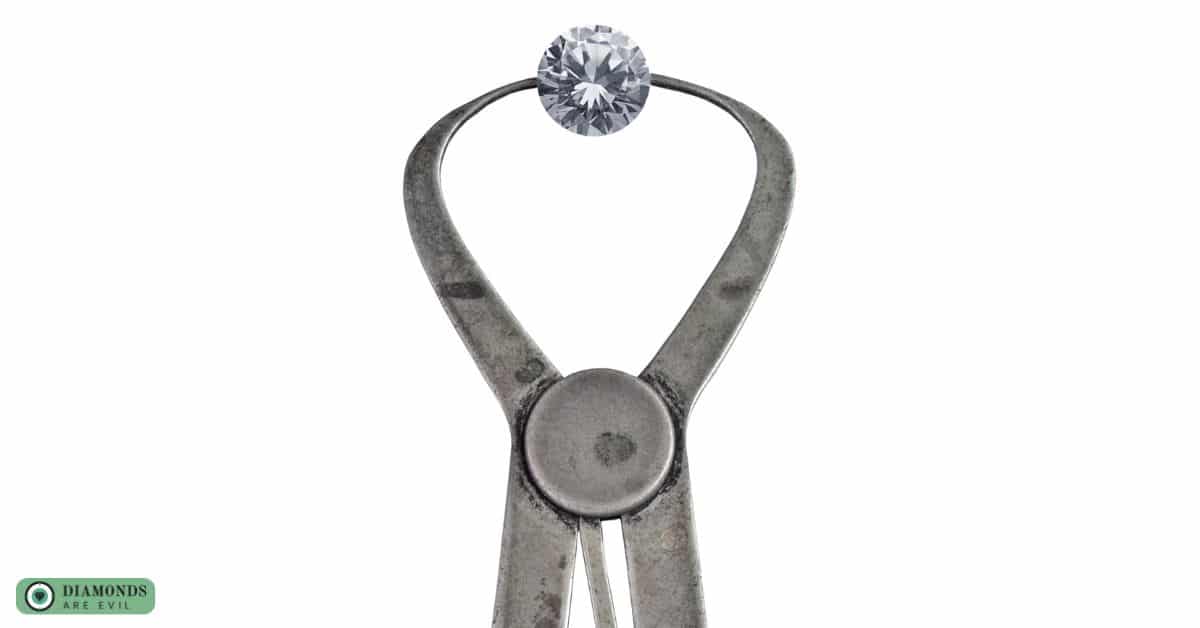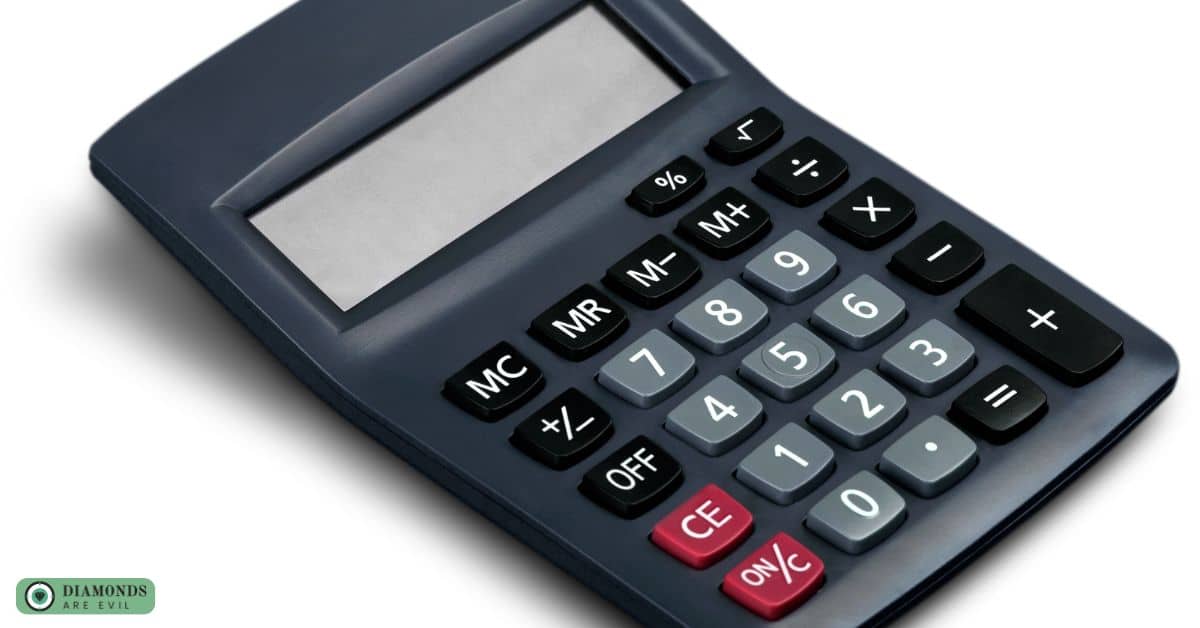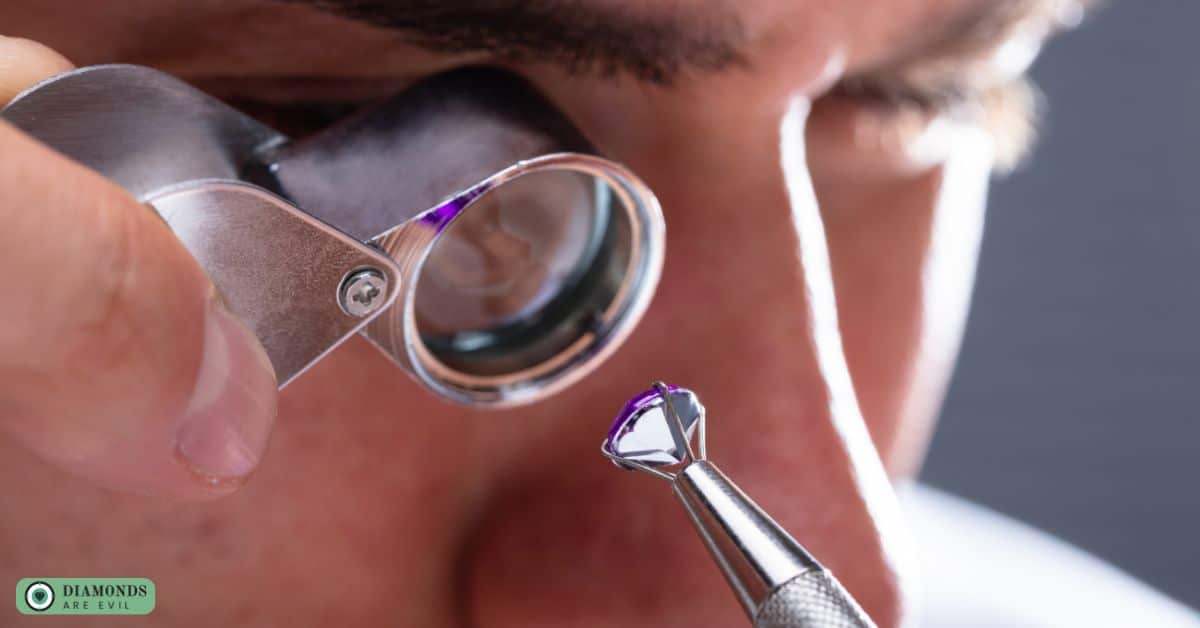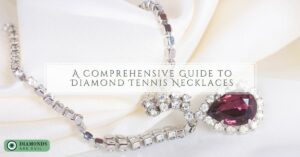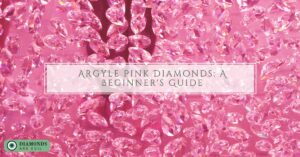This comprehensive diamond size guide provides a step-by-step process for measuring diamonds accurately. It covers the tools required, diamond size terminology, and factors affecting diamond size perception. Whether buying or selling, this guide ensures informed decision-making and accurate measurements for optimal results.
Are you looking to purchase a diamond, but not sure how to accurately measure its size? Fear not! This guide will provide you with the essential tools and techniques necessary for measuring diamonds and obtaining optimal results.
From understanding diamond size terminology to examining factors that can affect size perception – this guide has it all. Read on to learn everything you need to know about measuring diamond size for optimal results.
Importance of Accurately Measuring Diamond Size
Accurately measuring the size of a diamond is crucial when it comes to understanding its true value. This is because the size of a diamond significantly affects its carat weight, an important factor in determining its price. A small difference in size can lead to a large difference in cost.
In addition, accurately measuring diamond size can highlight any potential discrepancies or irregularities, enabling a more informed decision on its value. To ensure you receive the full worth of your diamond, it is essential to have it measured by a professional with the correct tools and techniques. Investing in an accurate measurement is always worth the effort as it can save you from making a costly mistake.
Tools Needed for Measuring Diamond Size
When it comes to measuring the size of a diamond, it’s essential to have the right tools to achieve accurate results. The following are the tools that you will need to measure the size of a diamond:
Diamond Gauge
A diamond gauge is a specialized tool that is designed to measure the diameter of a diamond. It usually comes with a movable jaw that can be adjusted to fit the stone’s diameter. Diamond gauges come in different sizes to accommodate various diamond sizes.
Caliper
A digital or manual caliper is an essential tool for measuring the length, width, and height of a diamond. It provides accurate measurements that are used to calculate the diamond’s carat weight, which is one of the factors that determine its value.
Millimeter Ruler
A millimeter ruler is another tool that you can use to measure the dimensions of a diamond. It is especially useful when measuring the thickness of a diamond, which is crucial in determining its overall size.
Loupe
A loupe is a small magnifying glass that you can use to examine the diamond closely. It helps you identify any flaws or inclusions that may affect the stone’s value. A loupe is also useful when examining the diamond’s cut, which determines its brilliance and fire.
Lightbox
A lightbox is a box that provides uniform lighting, making it easier to see the diamond’s color and clarity. It is especially useful when examining diamonds with a lower color grade or those that have inclusions.
Step-by-Step Guide to Measuring Diamond Size
Measuring the size of a diamond may seem complicated, but with the right tools and technique, it can be done quickly and accurately. Here’s a step-by-step guide to measuring diamond size:
Step 1: Clean the Diamond
Before measuring the diamond, make sure it is clean and free from any dirt or debris that may affect the accuracy of the measurements. You can use a soft-bristled brush and mild soap solution to clean the diamond.
Step 2: Set Up the Tools
Prepare the tools needed for measuring the diamond, such as a diamond gauge, caliper, millimeter ruler, loupe, and lightbox. Make sure that they are clean and calibrated.
Step 3: Measure the Diameter
Using the diamond gauge, measure the diameter of the diamond by placing the movable jaw on one side of the diamond and the fixed jaw on the opposite side. Gently close the gauge until it fits snugly around the diamond. Take note of the measurement in millimeters.
Step 4: Measure the Length, Width, and Height
Using the caliper, measure the length, width, and height of the diamond in millimeters. Make sure to measure each dimension at the widest point of the diamond.
Step 5: Calculate the Carat Weight
Using the measurements of the diameter, length, width, and height, you can calculate the diamond’s carat weight. There are online calculators available, or you can use a formula to calculate it manually.
Step 6: Examine the Diamond
Using the loupe and lightbox, examine the diamond closely to check for any flaws or inclusions. Take note of the diamond’s cut, color, and clarity.
By following this step-by-step guide, you can measure the diamond accurately and obtain optimal results.
Understanding Diamond Size Terminology
Diamond size terminology can be confusing for someone who is not familiar with the industry jargon. Here is a guide to understanding the diamond size terminology:
- Carat Weight: The carat weight of a diamond is the standard unit used to measure its weight. One carat is equal to 0.2 grams or 200 milligrams. Diamonds are often referred to by their carat weight, such as a one-carat diamond or a 0.5-carat diamond.
- Diameter: The diameter of a diamond is the measurement of its width at the widest point. It is usually measured in millimeters and is an essential factor in determining the diamond’s size.
- Table Size: The table size of a diamond refers to the flat surface on the top of the stone. It is measured in millimeters and is another factor that affects the diamond’s overall size.
- Depth: The depth of a diamond is the measurement of its height from the table to the culet. It is also measured in millimeters and plays a significant role in determining the diamond’s size.
- Spread: The spread of a diamond refers to the size of the diamond when viewed from the top. A diamond with a larger spread will appear larger, even if its carat weight is smaller.
- Points: Points are a unit of measure that is used to describe a diamond’s weight. One carat is equivalent to 100 points, so a 0.50-carat diamond would be described as a 50-point diamond.
- Cut: The cut of a diamond refers to its proportions, symmetry, and polish. A well-cut diamond will have maximum brilliance, fire, and scintillation, making it appear larger and more valuable.
Factors That Affect Diamond Size Perception
The size of a diamond can be deceptive and is often subject to individual interpretation. Perception of diamond size is affected by a myriad of factors, including the cut, color, and clarity of the diamond.
- The cut of a diamond plays a significant role in determining the size of the stone, as a well-cut diamond will appear larger than a poorly cut diamond of the same carat weight.
- Diamond color and clarity can also affect the perceived size of a diamond, as a diamond with high clarity and color grades will be more visually appealing and appear larger than a diamond with lower grades.
- Additionally, the setting in which the diamond is placed can also impact the perceived size of the stone, as a diamond that is set higher will appear larger than one that is set deeper.
Ultimately, the perception of diamond size is a subjective experience influenced by a variety of factors.
In conclusion
Measuring diamond size correctly is essential to fully understand its value. By investing in the necessary tools and following the steps outlined above, you can accurately measure a diamond’s size and determine its true worth.
It is also important to understand diamond size terminology and consider factors such as cut, color, clarity, and setting when assessing the perceived size of the stone. With a better understanding of the diamond size, you can make more informed decisions on its value and ensure that you get the best deal for your money.

